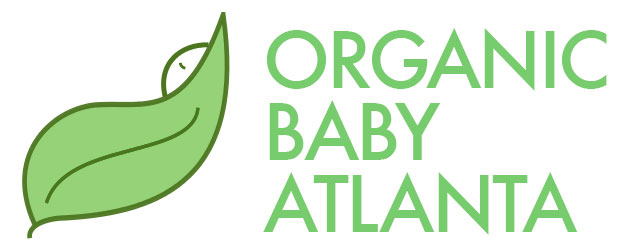After the birth of your baby, one of your first environmental decisions is whether to use cloth or disposable diapers. Which kind of diaper is the most eco-friendly is a subject of ongoing debate, with studies that support both sides. But if you’re willing to learn new skills in your effort to raise a green family, you can bypass the debate entirely by practicing elimination communication.
What Is Elimination Communication?
Elimination communication is common in many parts of the world, especially in rural areas where disposable diapers are not readily available. Before the invention of disposable diapers, some form of infant pottying was practiced in all cultures. Today, elimination communication is being rediscovered in the Western world.
Elimination communication is sometimes called infant potty training, but in reality it’s very different from the modern view of potty training. The focus isn’t just on getting pee and poop into the right receptacle. Rather, infant pottying is about communication: the goal is to help young babies maintain their bodily awareness and teach them to give and receive communication about their elimination needs. That communication naturally progresses into an ability to eliminate in the toilet from a young age. Even newborn infants readily learn to communicate that they are tired, hungry, or overstimulated, and most new parents quickly learn to read their baby’s signals. In the same way, you can learn to read your baby’s communication regarding potty needs.
How Can I Start to Go Diaper Free?
You can begin practicing elimination communication, or EC, with a baby of any age, but most experts recommend starting before the age of six months. A baby that young isn’t used to going in diapers and won’t mind if you take the diaper off, and a baby who isn’t mobile yet won’t make much of a mess when he’s not wearing a diaper. Start by spending some time with the diaper off, even if it’s just for an hour or two at first. Prepare your lap or floor by placing a waterproof layer under a cloth diaper, a towel, or an absorbent pad. Then observe your baby. Pay attention to his movement right before he pees–perhaps he made a face, wiggled, kicked or made a sound. Also make note of the frequency of his pees. Newborns can pee as often as every fifteen to twenty minutes, but by six months old most babies stay dry for thirty minutes or an hour in the morning, and longer in the afternoon. When you observe your baby peeing, make a “cue sound” such as hissing or a short phrase like “you peed!” After a few tries, your baby will begin to associate your cue sound with the act of elimination.
After a day or two of observation, you can start encouraging your baby to pee in a specific receptacle. This could be the adult toilet, a small baby potty, the bathroom sink, or even the grass in your backyard. Hold your baby under his thighs in a sitting position, supporting his back and head against your chest. Use your finger to aim a boy (change the angle of her body to aim a girl), and make your cue sound. If he doesn’t go right away, wait a few minutes and try again. Observe his body language. If he seems comfortable or looks like he’s concentrating, then you can hold him over the toilet a little longer: he may just need some time to relax before he can go. But if he arches his back, kicks or cries, then take him off the toilet: he’s telling you he doesn’t want to go right now, at least not in that position or location.
How Long Till My Infant is Potty Trained?
As with conventional potty training, how long it will take before your EC baby is reliably diaper free depends on many factors: when you start, how consistently you practice it, your own expectations, and the personality of your baby. In some countries where EC is commonly practice, families expect their babies to be “trained” by the age of six to nine months–but the definition of “trained” in those cultures does not include potty independence. Nor does it exclude accidents; it simply means the baby stays dry enough that he no longer needs to wear diapers. In the Western world, where public potty accidents are less culturally accepted, most families continue to use diapers as back up, at least in public, till the baby is staying dry nearly all of the time. Some babies are able to switch to underwear as early as twelve months; others continue to use trainers until they are two or older. Even if a baby continues to wear diapers or trainers some of the time till the age when he would have potty trained anyway, EC still greatly reduces the environmental impact of diapers. Every time a baby uses the toilet means one less diaper for the landfill or laundry. A child who is diapered full-time will use approximately 6,000 diapers in two years; a baby who is EC’d even part-time might use half that, or less.
